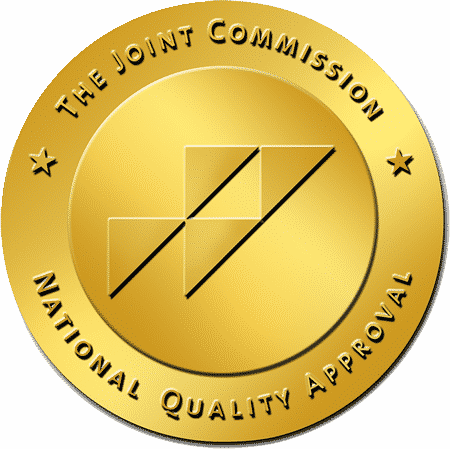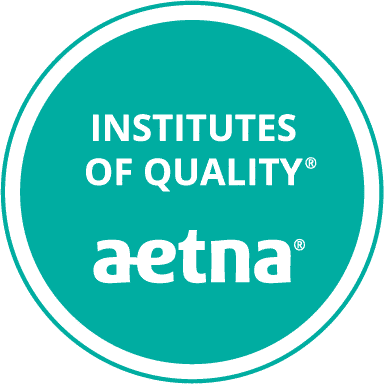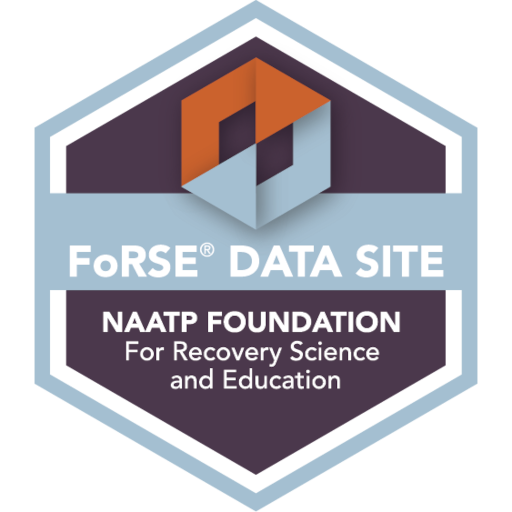Warning Signs May be Hard to See
Medical professionals use symptom screening protocols to assess patients for addiction development, but the warning signs for opioid addiction can be difficult to spot and diagnose.
Because of repellant behavior or living conditions, family members or friends may employ social distancing strategies and isolate themselves from loved ones dealing with issues that drive them to misuse medications. This absence of observers can allow the substance abuse to proceed to a critical point. For example, a patient may grow frustrated with taking prescription painkillers and stop taking them, causing withdrawal symptoms.
Living with chronic pain can result in posttraumatic stress disorder (PTSD). There are many risk factors for developing opioid use disorder which are complicated by other co-occurring disorders and mental illness.
OxyContin Addiction
Oxycodone abuse, or specifically OxyContin abuse, is a serious concern in this country.
The effects of OxyContin are similar to heroin. While it was developed in the hope that with control training it would prove to be less addictive than heroin, the risk factors for OxyContin addiction seem to be higher.
The drug is easily accessible, so proper and secure storage is important to keep it out of the hands of people who will abuse it. The street price is low compared to forms of heroin, leading some people to adopt the term Hillbilly heroin for oxycodone.
It is important that persons caring for users are understanding OxyContin addiction, learn the signs that can lead to an oxycontin overdose, and remain aware of their patient’s state of mind and behavior.
Respiratory depression is one of the most common and most serious symptoms of oxycontin addiction. It is a disorder in which breathing is slower than normal, causing higher amounts of carbon dioxide in the lungs and less oxygen.
OxyContin Addiction Symptoms
- Increasing dependence/usage of pain medication
- Dilated pupils
- Ongoing confusion/frustration/depression
- Visiting multiple doctors to secure prescriptions
- Missing work and social events
- Increasing isolation
- Clammy skin, lethargy, weight loss
- Decreased attention to personal hygiene
- Wounds that don’t heal, injection sites
OxyContin addiction grew steadily after the drug was released in the 1990s. OxyContin abuse, when combined with alcohol is a dangerous combination because both drugs affect breathing and heartrate. The Center for Disease Control has responded with increased information. CDC informational posters containing the signs/symptoms are available.
Oxycontin withdrawal symptoms can be managed when a person is under professional care.
If you are concerned about someone you suspect or know is using OxyContin, then it is important to communicate with them. It can be a difficult conversation but often addiction is insidious and sometimes the last person to know a problem exists is the addict themselves.
OxyContin addiction and OxyContin abuse are real and the person who is using this medication should already know the risks associated with taking them. Accusing someone of abusing their medications might not be received well but sharing concerns is a good place to start. When we see signs/symptoms of addiction or substance abuse, communicating that concern or finding alternate methods to make them aware can be important to the person we are concerned about as well as our own peace of mind.
OxyContin’s Origins
OxyContin is the trade name for a generic oxycodone hydrochloride narcotic developed and patented for long-term pain management by Purdue Pharma in 1996.
OxyContin is the longest-lasting oxycodone available. The typical prescribed dose ranges from two to four tablets per day compared to four to six tablets per day for those taking other opioids with shorter effective spans.
The strength, duration, and known dosage of OxyContin are primary reasons the drug is attractive to both abusers and legitimate users.
Part of a Historic Family of Drugs
OxyContin is a synthetic opioid, the manmade descendent of a family of drugs with a history that starts with naturally occurring opiates.
The oldest of these is opium. Derived from poppies which grow in tropical climates, the highly addictive drug’s use for medicinal and recreational purposes fills human history. Making money off the production and sale of opium also has a long history and has been the source of international friction.
Over the years, medical scientists have sought to produce more powerful yet easier to manage forms of the opiates. In the 1800s, the powerful drug morphine was extracted from opium, and in 1874 morphine was refined into heroin.
Opioids produce the same effects as opiates but are produced synthetically. OxyContin is one of the semi-synthetic opioids that include heroin, hydrocodone (Vicodin), oxycodone or oxycodone hydrochloride (OxyContin/Percocet).
Overall, opioid addiction is considered a serious mental health concern in our society.
Signs and Symptoms of Drug Abuse
The effects of OxyContin abuse continue to ripple through our society. Growing concerns about the misuse of this medication are real. The pills are cheap and and easy to purchase illegally.
While OxyContin abuse is often mentioned, oxycodone abuse overall is a leading cause of the crisis. Opioid overdoses during the early 2000s killed more than 500,000 Americans, according to the Centers for Disease Control and Prevention.
Prescription opioids are among the most powerful medications for pain management, and users may develop substance abuse problems. Not all drug abuse situations, however, indicate addiction issues.
Prescription opioid narcotics can also cause problems with co-occurring disorders such as depression or anxiety. There can be underlying mental health issues, emotional pain and other factors that are not fully understood that can cause physical dependence and substance use disorders. Some people, once aware of the concerns or patterns of behavior signaling a substance abuse issue, can correct their behaviors without assistance.
OxyContin addiction is difficult to treat for many reasons. One is that combining OxyContin with alcohol worsens the effects of OxyContin addiction. Both substances depress breathing and heart rate.
Moderate to Severe Pain Management
While under medical care, even involving proper infection prevention procedures, wounds can become worse and cause tremendous amounts of pain.
Pain management can improve the patient’s quality of life and support the healing process. Mental health is improved when patients feel less pain and are more liable to remain connected to their surroundings and family members.
Most medications are legally prescribed to treat illnesses or symptoms of a medical condition. They can provide pain relief for an injured back or treat moderate to chronic pain due to ongoing health issues such as cancer.
The taking of medications for pain should be consistently monitored, particularly if more than one prescription is in use. Some pain medication is designed for breakthrough or severe pain.
Heightened preventative measures reduce the risk factors of developing substance use disorders. There are behavioral symptoms associated with managing chronic pain. The effects of OxyContin addiction are always a concern.
Signs and Symptoms of Chronic Pain
- Social or overall anxiety
- Attention seeking
- Complaining about pain or life in general
- Reliance on medication
- Distorted posture and mobility
- Fatigue
- Insomnia
- Depressive mood
Drug Addiction in America
Addiction is a growing concern in American society. Some of this is caused by illegal drug sales such as those that lead to heroin abuse. Some are caused by the misuse of other prescription opioids. For persons susceptible to substance abuse disorder, the signs of addiction can be mood symptoms, physical symptoms and an increased risk of overdose.
The problem has a wide-ranging impact on our communities. Drug overdose effects families, friends, and the people with whom we interact and work.
Ironically, while the opioid crisis gets most of the news coverage in the United States, alcohol abuse affects many more people in this country. It is estimated that 10 percent of adult men and 5 percent of adult women suffer from alcoholism.
Many websites promote free online assessment of drug and alcohol use, but it is best to start with one of the government agencies, such as the U. S. Food and Drug Administration or the Substance Abuse and Mental Health Services Administration (SAMHSA), or your personal medical provider–when seeking information. Some private websites exist primarily to steer prospective patients to certain treatment facilities and do not provide impartial or professional advice.
La Hacienda Addiction Treatment Center

La Hacienda Treatment Center, located in the heart of the beautiful Texas Hill Country, is a drug and alcohol addiction treatment facility that cares for individuals who struggle with substance abuse. Dedicated professional clinicians provide high quality care and individualized treatment options as deemed clinically effective to clients who come seeking recovery.
Each patient’s behavioral health and physical symptoms are continuously evaluated through his or her stay. While treatment is available for only SUDs, co-occurring disorders are considered when planning a patient’s program of treatment. (Board-certified psychiatrists on the medical team help patients with mental illness and related issues to achieve recovery from their SUDs–they do not treat mental issues.)
La Hacienda’s scenic setting offers a serene, calm, and peaceful environment that is a perfect for healing from substance use disorders.
Substance abuse treatment options include addiction education, sessions for patients who are licensed or certified professionals (such as doctors, lawyers and teachers), and on-site visitation and counseling with family members through our Family Program.
If you or someone you know is struggling with a substance use disorder, phone (800) 749-6160 and start on the road to recovery.

OxyContin
OxyContin is the trade name for a generic oxycodone hydrochloride narcotic developed and patented by Purdue Pharma in 1996 for long-term pain management.

OxyContin Overdose Symptoms
Overdosing on OxyContin can cause muscle damage, permanent brain damage or pneumonia. It is important for a person caring for someone using the prescription drug to know the symptoms of oxycontin addiction. Symptoms, signs, and behavior are obvious in some cases and harder to catch in others, depending on the patient.

Opiates
Opiates are a class of medications that have a valuable role when appropriately prescribed to treat moderate to high levels of pain.




